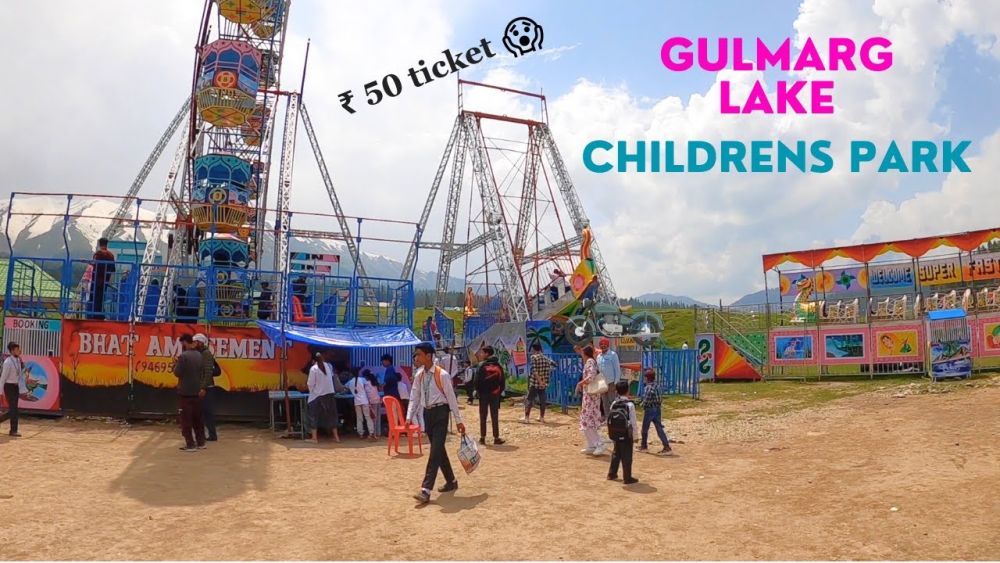

The picturesque town of Gulmarg, located in the Baramulla district of Jammu and Kashmir, India, has long been a serene retreat for travelers seeking solace from the summer heat. Originally called 'Gaurimarg' by shepherds, its present name was given in the 16th century by Sultan Yusuf Shah, who was mesmerized by the sight of its grassy slopes emblazoned with wildflowers. Gulmarg translates to "meadow of flowers" and has been a resort for the kings like Yousuf Shah Chak and Jahangir who used to visit here to collect flowers.
Tourism in Gulmarg began to take shape during the British colonial period in the 19th century when British officers started using the area as a retreat to escape the hot Indian summer. Over time, it developed into a full-fledged tourist destination, particularly renowned for its ski resorts and the world's second-highest operating cable car called the Gulmarg Gondola. These attractions, alongside golfing in the summer, have vastly contributed to its popularity.
Amidst its scenic landscape, Gulmarg boasts a delightful attraction designed especially for children, Gulmarg Children's Park. This park offers an array of fun-filled activities meant for kids and young visitors. The park features a variety of rides and games, spacious lawns for picnics, and a peaceful environment where children can play and adults can relax.
Surrounded by majestic mountains and lush greenery, the park not only provides entertainment but also offers breathtaking views, adding to the experience. Visitors to the park can enjoy pony rides, and in the winter months, the area becomes an exciting playground with opportunities for snowboarding, tobogganing, and other snow-based activities.
In recent years, Gulmarg has witnessed an evolution in tourism trends. Adventure sports have soared in popularity, with many tourists flocking to Gulmarg for its excellent skiing conditions. The Apharwat Peak, which can be reached through the Gulmarg Gondola, is considered one of the best skiing spots in the world.
Moreover, eco-tourism has become increasingly significant, with visitors becoming more environmentally conscious. Gulmarg, with its unspoiled natural beauty and initiatives for sustainability, caters well to this trend. Hotels and resorts are more mindful of their ecological footprint, promoting practices that align with conservation efforts.
The area is also seeing a rise in cultural tourism as people are eager to experience the local traditions, cuisine, and handicrafts of Kashmir. Tourists often visit local markets to buy hand-woven shawls, carpets, and other artisan products as souvenirs, embracing the rich cultural heritage Gulmarg has to offer.
Gulmarg continues to be one of the most sought-after destinations for tourists around the world year-round, offering a blend of serene beauty, adventure sports, and cultural depth.